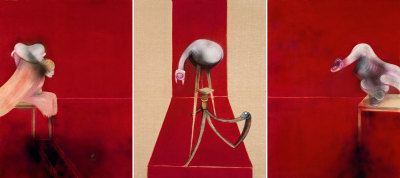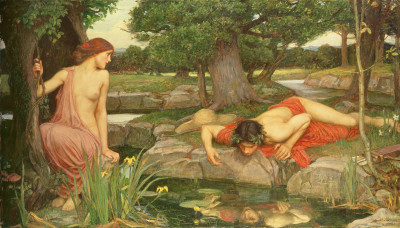In Memoriam: William Bowyer RA
In Memoriam: William Bowyer RA
By Mick Rooney RA
Published 11 March 2015
Mick Rooney remembers his fellow Academician, the painter William Bowyer, who has died aged 88.
-
I regard William Bowyer as the epitome of an English painter. His name alone along with Stringer, Arrowsmith and Fletcher is a seminal reminder of English history. Born in 1926, he was conscripted at random into the coal mines during the Second World War as one of Ernest Bevin’s “Bevin Boys”, who only recently have been honoured with a service decoration. When that time of his life was mentioned, William merely said “That was alright” and moved on.
The post-war world brought greyness and the bleak tenderness of the so-called “Kitchen Sink School”. Under Professor Carel Weight and Ruskin Spear, his abiding and inspirational tutors at The Royal College of Art, Bowyer developed his painting methods. In those days one “learned” to paint. Subject, content, brushwork and the living paint mattered. Direct observation of the subject, followed by studio recall became embedded into the quotidian of such artists.
Later, to earn a living, Bowyer became Head of Painting at Maidstone College of Art. His wife Vera was the power behind the throne and her practical, creative business acumen went side by side with raising their family and supporting William. In 1981 Bowyer escaped the rigours of teaching to pursue the daily task and joy of creating pictures.
Bowyer’s connection with Chiswick goes back 60 years. In the studio he developed pictures begun en plein air and worked on several at a time. He was not precious and as soon as one seemed finished, he moved onwards, always thinking of the next work.
Bowyer’s summer residence at Walberswick offered other light and motifs. Latterly when he had a mobility scooter, he would head down to the shore loaded with equipment (a mechanized Cézanne on his way to work). If his steed stuck, a simple low growl would bring immediate succour from a passerby.
A powerful man in his day, Bowyer enjoyed playing and painting cricket and his series of work connected to the game had a vibrancy that was never clichéd. His portraits captured the shape, action, tension, individuality and monumentality of his subjects.
In earlier times, when family accommodation was tight, Bowyer’s work was stored in a warehouse at the bottom of the garden. Devastatingly as with some other artists, including Carel Weight, his early Kitchen Sink work was incinerated in an accidental fire.
William Bowyer always moved forward, never dwelling in nostalgia. His life’s work attests to a most certain nowness and directness. Somehow his passing is just that - still moving forward, still wreathed in the fumey halo of a fine cigar - “that’ll be alright”.



